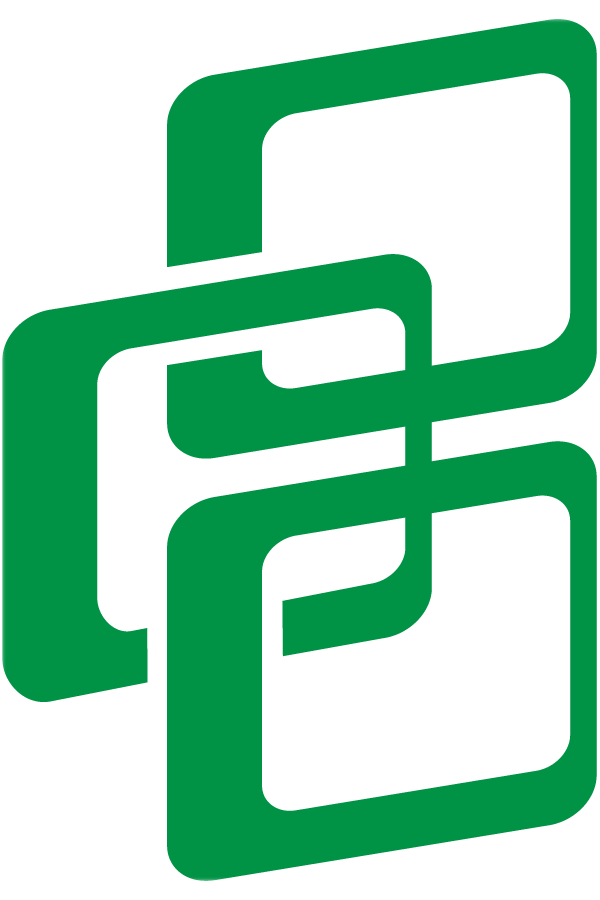Level 4 Planning with SAP IBP
As supply chains continue to evolve with the constraints and pressures of planning in the COVID era, the focus has shifted to supply chain maturity and agility to meet those needs.
Gartner’s explanation of supply chain maturity means that supply chains need to grow from the capabilities to perform “can we” evaluations (Level 3 maturity) to “should we” evaluations around profitability and impact of various tradeoffs (Level 4 maturity)
This is not an easy task by any stretch of the imagination. It will require focus on the processes and necessary stakeholders that drive the decision making process. There is also a need for a unique level of analytics to support profitability based decision making. These analytics require systems to evaluate quickly and confidently the impact of various options on viability, spend, profitability and capital investment.
LEVEL 4 PLANNING
The key level 4 planning moves a supply chain from interconnectivity to adaptability and value driven planning activities, specifically pertaining to the 3 following elements:
· MEIO inventory planning
· Demand Sensing
· Scenario planning (What-if)
These elements add margin to the bottom line by going beyond operational capabilities (can we meet this change?) to financial impacts of each change (should we meet this change?). SAP IBP provides these elements in capabilities that are available for supply chains to grow into as they mature.
· Inventory Optimization (MEIO)
This feature is one of they key strengths of IBP planning. It built off the best in class capabilities from SmartOps and added the visibility and scenario planning of IBP. By assigning variability at the levels that are the LEAST capital intensive, the modules meet service levels, incorporating the design of the supply chain elements (including lead time and variability) at the lowest total capital investment. This directly drives down the commitment of invested capital, and provides results directly to the bottom line.
· Demand Sensing
This module is an extension of demand forecasting and uses AI/ML algorithms to identify patterns in demand signals to adjust near term signals. This allows for the use of uncorrelated feeds of sales data, POS data, and social signals to feed machine learning algorithms to identify patterns and highlight users to potential trends and issues before shortages occur. This moves an organization from historical data driving demand, to forward/real time data driving demand adjustments and insights.
· Scenario planning and Optimization
The supply planning module drives value from reducing time in decision cycles, to mock up real time side by side scenarios. This flexible data structure allows for analysis in both operational and financial terms at any level of aggregation. This capability quickly moves decision making from “gut feel” to side by side comparison at any level of aggregation in both dollars and units. Adding optimization capabilities of the supply module allows for the algorithm to find the best fit based on constraints of supply elements, capacity, labor or lead times.
INTEGRATION
Historically the IT side has evaluated software in functional silos, without regard to how clients utilize a suite of application in an integrated manner. The integration of the entire suite and extensibility to evolve over time in a cost effective way allows for a smoother integration process, and most importantly, decreases the time for decision making.
The removal of each interface allows for inventory optimization, demand forecasting and supply optimization to trade data scenarios in real time. This removes the temptation for offline spreadsheets, lookups and reduces data inconsistency.
In order to truly understand the impact , the business analyst is much more versed in use cases, rather than exclusively technical capabilities.
In summary, Gartner’s own research shows that it takes YEARS to get to a level 4 supply chain and less that 20% of Gartner clients are able to get past a level 3 supply chain. In fact, integration is the key in order to get past this level 3 supply chain, and should not be take lightly.

